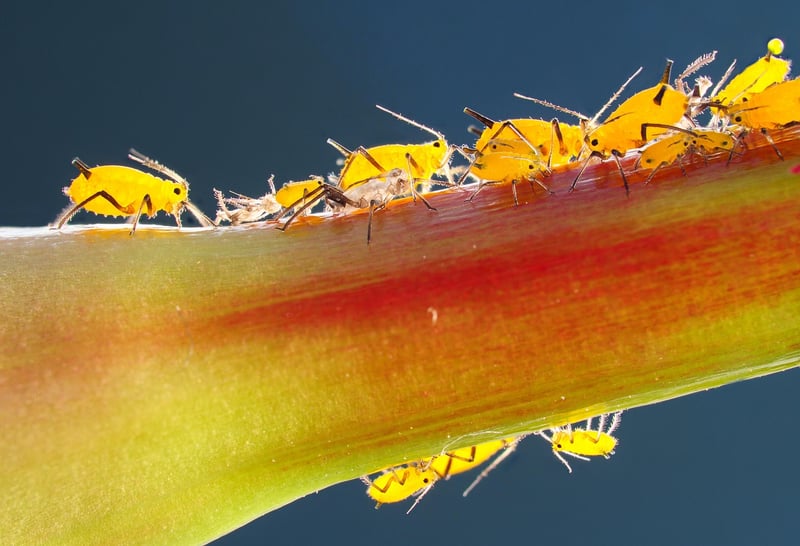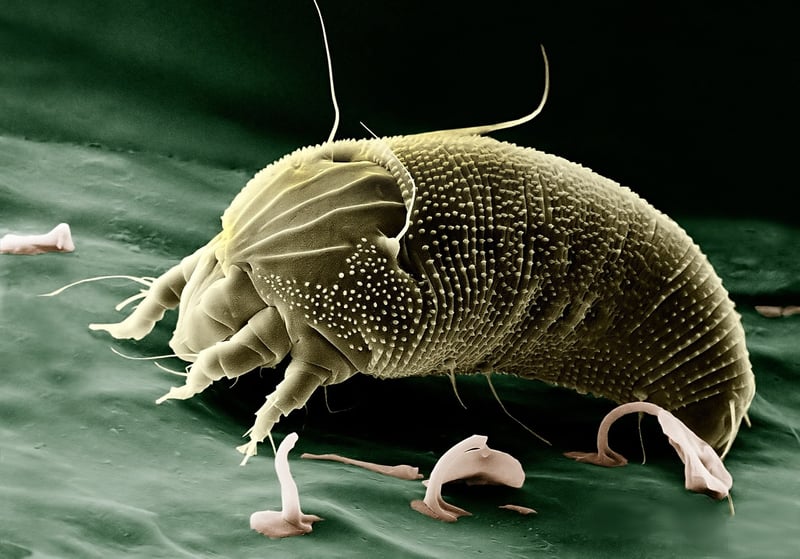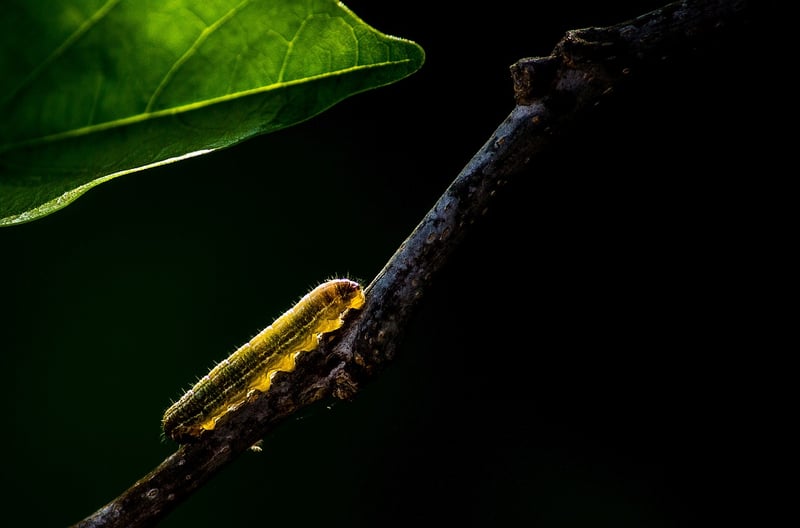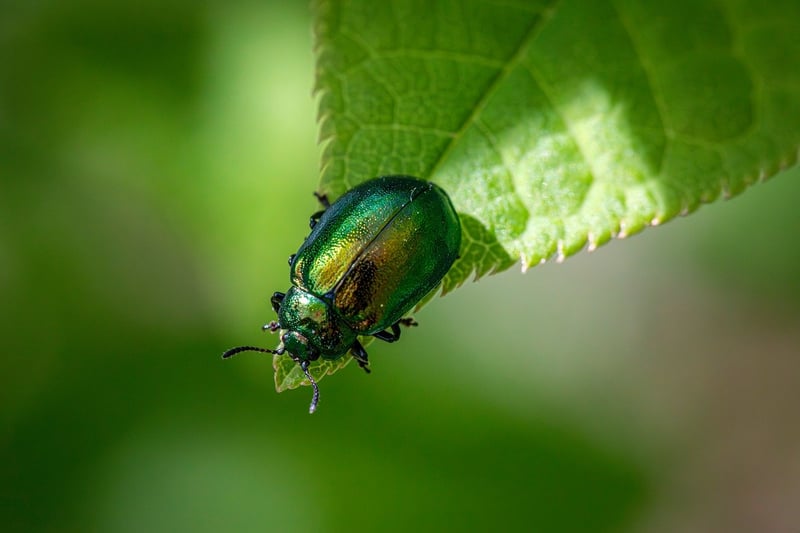Identifying Common Pests
Protecting Your Plants and Identifying Common Pests
Introduction
As a plant enthusiast, keeping your greenery healthy and thriving is a top priority. However, various pests can wreak havoc on your plants if left unchecked. This guide will help you identify common pests and provide tips on protecting your plants effectively.
Identifying Common Pests
Before you can effectively protect your plants, it's crucial to identify the common pests that might target them. Here are some of the most prevalent plant pests:
- Aphids: These tiny insects feed on plant sap, causing leaves to curl and distort.
- Whiteflies: Whiteflies are small insects that feed on plant sap, leading to yellowing and wilting of leaves.
- Spider Mites: These pests are not insects but arachnids that suck plant juices, causing stippling and webbing on leaves.
- Caterpillars: Caterpillars are the larvae of moths and butterflies that chew on leaves, causing visible damage.
- Mealybugs: Mealybugs are small, white, cottony insects that suck plant juices, leading to stunted growth.
Protecting Your Plants
Now that you can recognize common pests, here are some tips to protect your plants from infestations:
- Regular Inspection: Check your plants frequently for any signs of pests such as yellowing leaves, stippling, or webbing.
- Natural Predators: Encourage beneficial insects like ladybugs and lacewings that feed on common plant pests.
- Neem Oil: Use neem oil as a natural insecticide to control aphids, whiteflies, and other pests.
- Pruning: Remove and destroy infested plant parts to prevent the spread of pests.
- Quarantine New Plants: Inspect and quarantine new plants before introducing them to your collection to prevent pest introduction.
Conclusion
By being proactive in identifying common pests and implementing protective measures, you can ensure that your plants remain healthy and pest-free. Remember to monitor your plants regularly and take swift action at the first sign of infestation to maintain a thriving garden.





